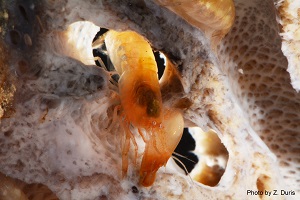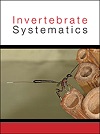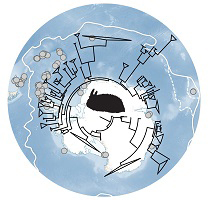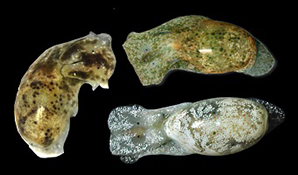
Snapping shrimp are a diverse and abundant component of coral reef communities, but many species remain undescribed. This study examines a collection of snapping shrimp (genus Synalpheus) that were collected during the Muséum National d’Histoire Naturelle ‘Madibenthos’ expedition around Martinique in 2016. After examining the morphology of hundreds of collected specimens, we selected several specimens of each snapping shrimp species to study further using molecular data. The results of this study are the description of three species new to science and 13 new records of snapping shrimp for Martinique.







